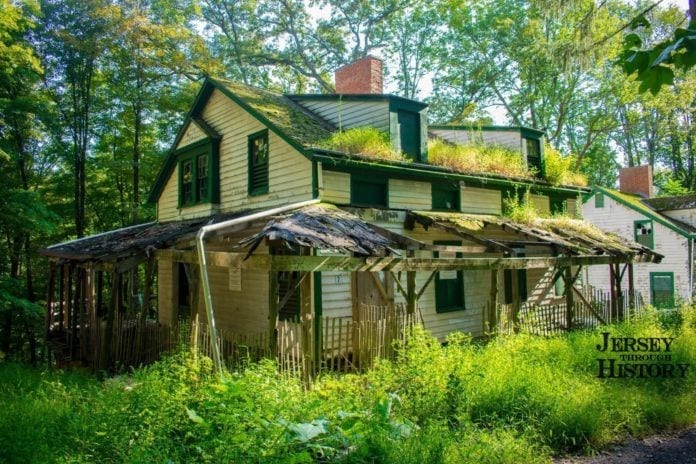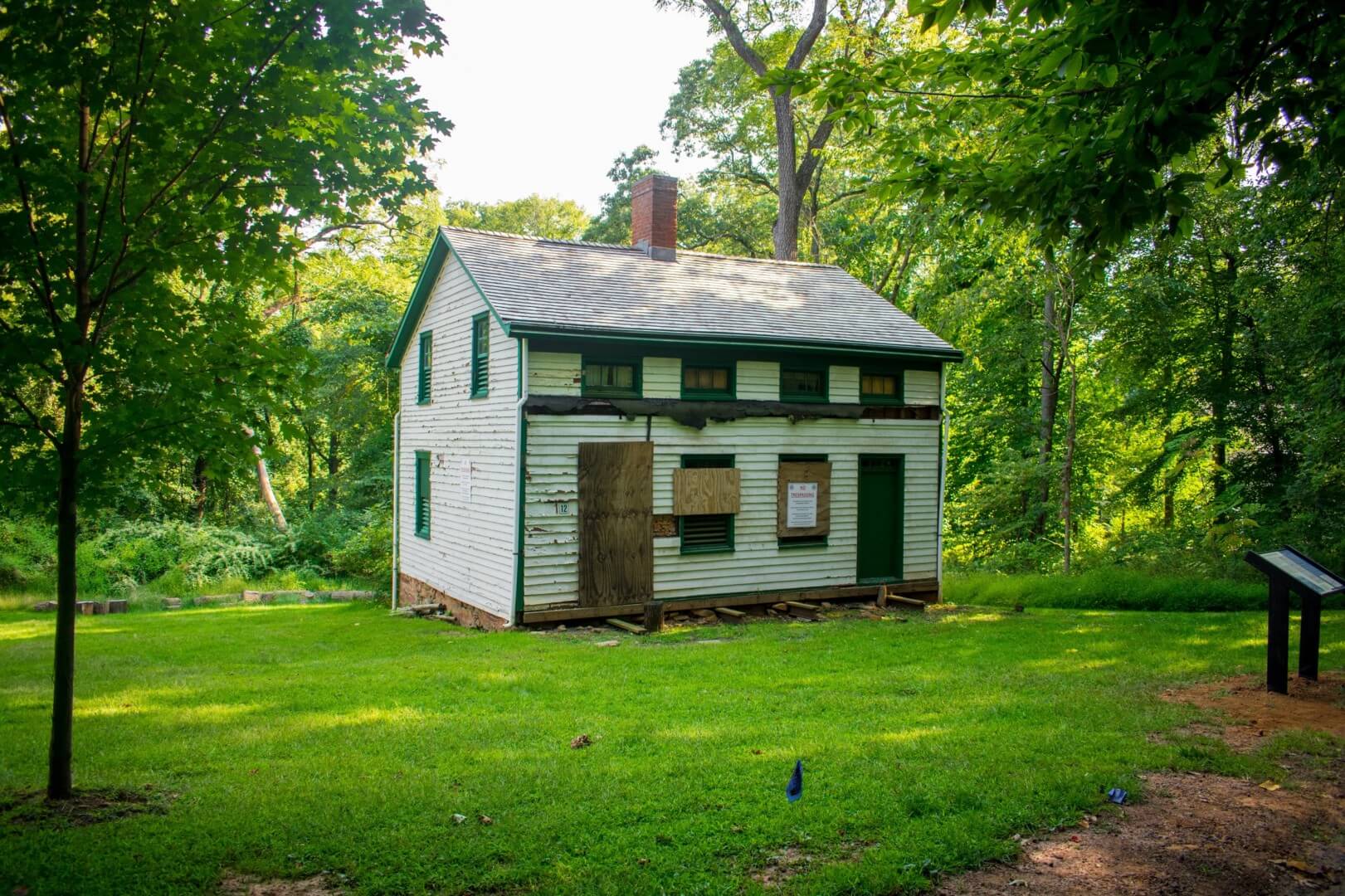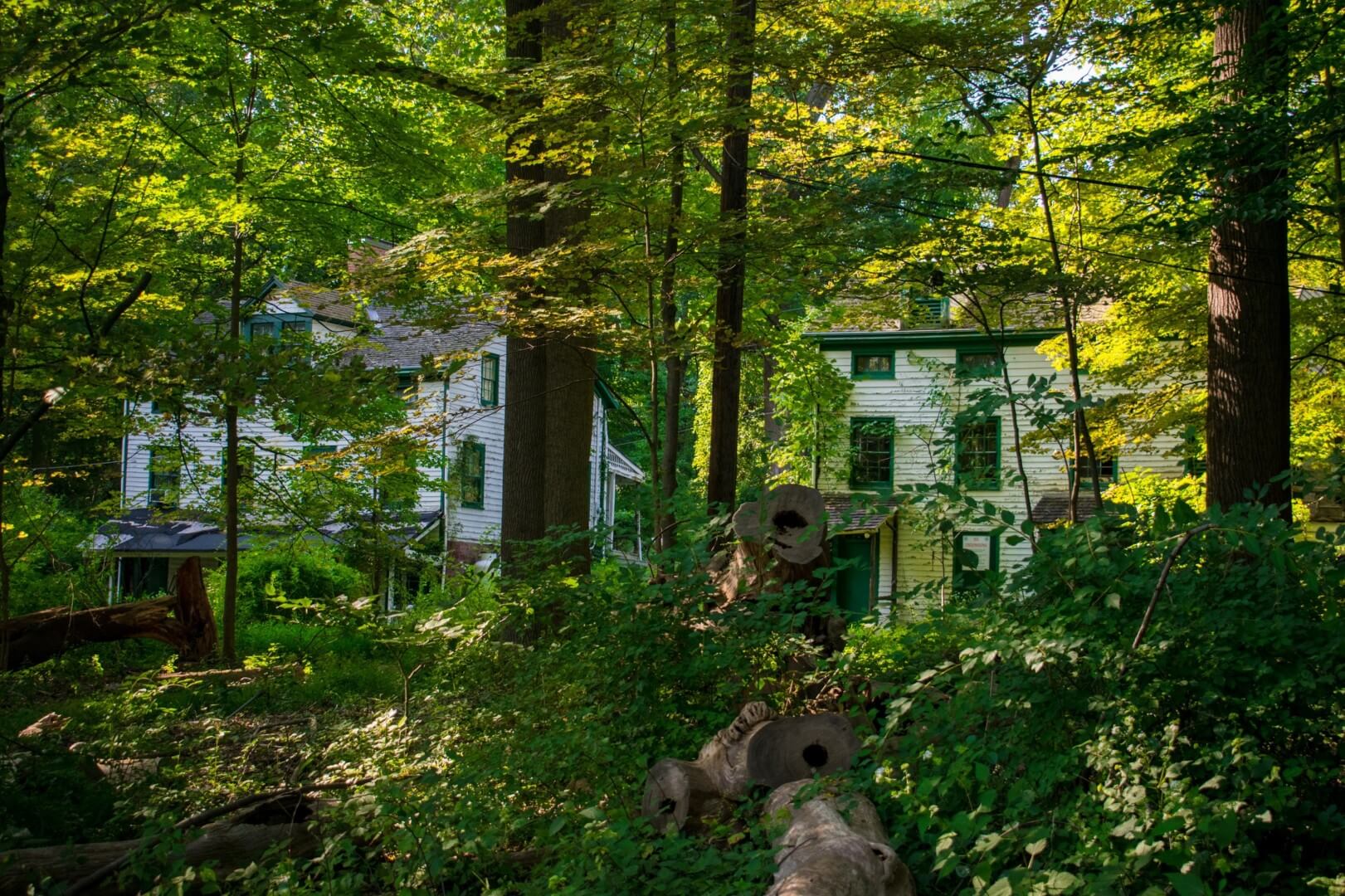Nearly 300 years have passed since the soil of the now deserted village of Feltville was first dug. Though it has been around for centuries, the village’s historical significance has not frayed with time. In fact, visitors still come to roam through the vacated village that was once flooded with people during its heyday. Its rich history makes it the perfect destination for the maiden voyage of our new series, Jersey Through History.
The first settler of the land was Peter Willcocks, an English businessman. In 1736, Willcocks moved to the Watchung Mountain from Long Island, New York. He soon built a dam across the Blue Brook along the property; this dam powered the saw mill he had constructed for his business. He lived on the property with his wife, Phebe, and had five children; one of which was believed to be mortally wounded during George Washington’s retreat from Fort Lee during the Revolutionary War.
The Origin of Feltville
The Willcocks family and their business came and went. Then, in 1844, the property was purchased by David Felt from descendants of the Willcocks. Felt ran a stationary business in New York City and was looking to expand his operation with a printing factory; by 1847, he built a mill along the Blue Brook, plus two dams and an entire town, known as Feltville. The town was constructed to accommodate his growing workforce.
Felt cared for his employees, though he ruled with an iron fist, quickly earning the nickname “King David” among residents. In fact, there was a bell system in place to direct workers on how to go about their day; one to wake them up, one to signal the town curfew and another when it was time for bed. Children received proper education, free of cost, in a one-room schoolhouse; keep in mind, this was a time period when children of the working class would normally be put to work. Normally, the average working class child would begin working at age 12.
At its peak, Feltville boasted 175 working residents; each were provided with yards to grow produce, spacious accommodations for the time and even a post office. Crops were harvested and sold from nearly 600 acres of land around the property; village residents could even buy meat from livestock that Felt raised.
Jersey Through History: Feltville No More
Felt retired and sold Feltville in the summer of 1860 after helping the town flourish for nearly 15 years. More than 20 years and six owners passed before the Deserted Village was once again in steady hands. Then, a prominent land holder named Warren Ackerman bought the property in 1882. What was once Feltville transformed into Glenside Park, a distinguished summer resort. Soon, visitors were taking the train from either New York or Union County to vacation there; Glenside Park offered activities such as golf, tennis, baseball, fishing and horseback riding.
Glenside Park stayed a Union County hotspot for nearly 35 years. It wasn’t until 1916 that visitation declined; the mass production of the automobile allowed former visitors to travel to new vacation spots. In particular, many travelers began diverting their attention to the up-and-coming New Jersey Shore. By 1919, the property was divided into lots and put up for sale at a major auction. Several lots were purchased by Edward J. Grassmann, a real estate investor and civil engineer; his actions would inadvertently bring about a whole new significance to the site.
Less than a decade after buying the land, Grassmann was visiting New York when he met Roberto de la Selva; this man, an artist from Nicaragua, was invited to summer at one of the Glenside Park residences Grassmann owned. In gratitude, de la Selva offered to paint the living room walls and proceeded to paint several stunning murals; these amazed Grassmann, who soon realized de la Selva was a famous South American mural painter. This happy coincidence further embossed the Deserted Village; the buildings of what was formerly Feltville now had remarkable artwork on the walls.
The Deserted Village Earns its Moniker
Unfortunately, Grassmann didn’t stay at the property much longer; the newly formed Union County Park Commission purchased the property in the late 1920s, incorporating it into the Watchung Reservation. During the Great Depression, the park commission rented the houses to struggling families and retained full-occupancy until the 1960s. Two decades later, the site was listed on the State and National Registers of Historic Places.
Today, the Deserted Village of Feltville is open daily for self-guided tours and relaxing strolls through the Watchung Reservation. Sitting just off Glenside Avenue, visitors can take in the history and significance of what was once a thriving town; they can also visit the resting place of the Willcocks’ son who died during the Revolution. The Union County Department of Parks & Recreation keeps the Deserted Village running efficiently. Thanks to their efforts, the trip is an impressive little slice of Garden State history.
Continue your journey through New Jersey’s most historic sites with Jersey Through History: The Complete Series.

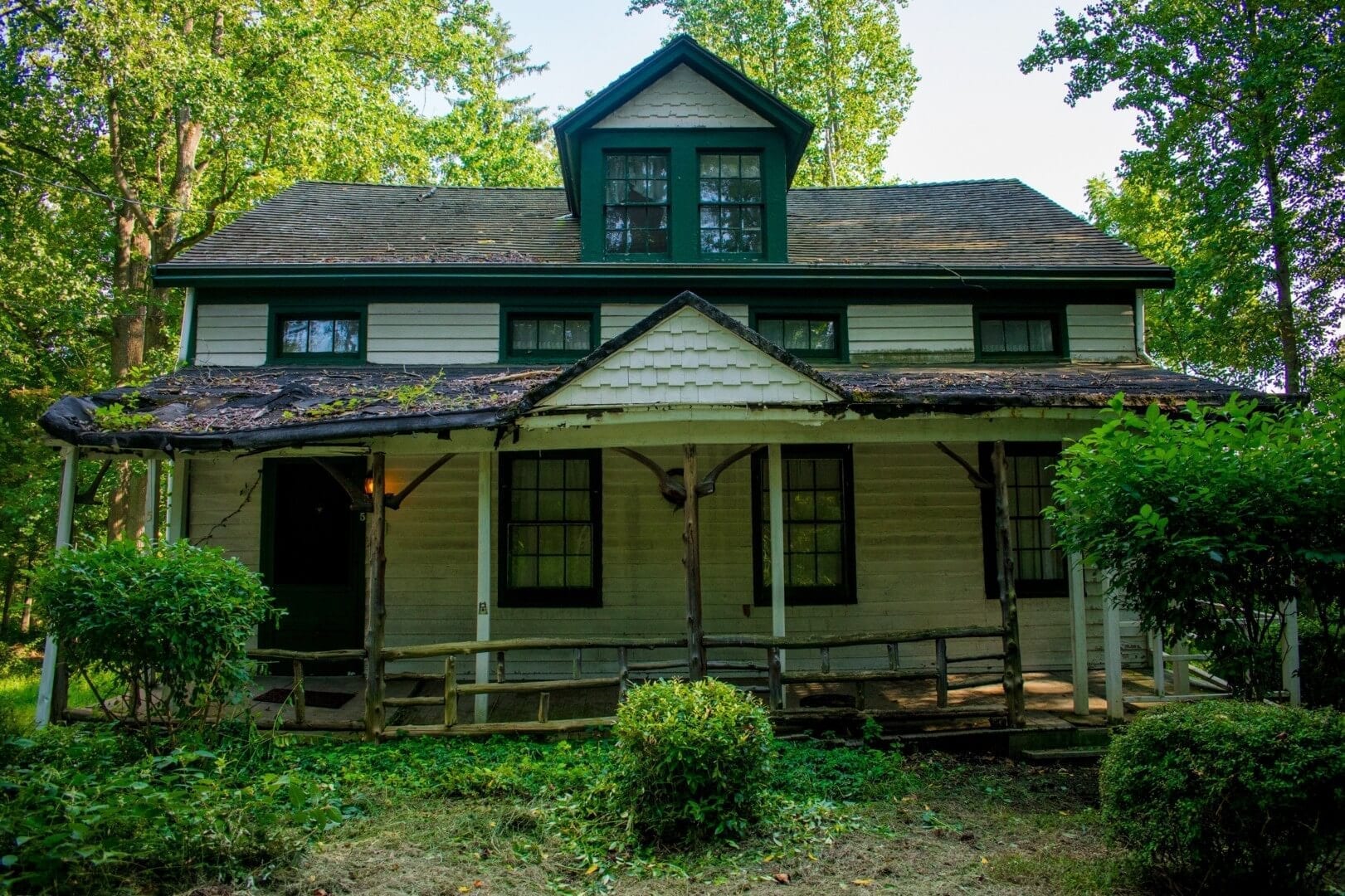
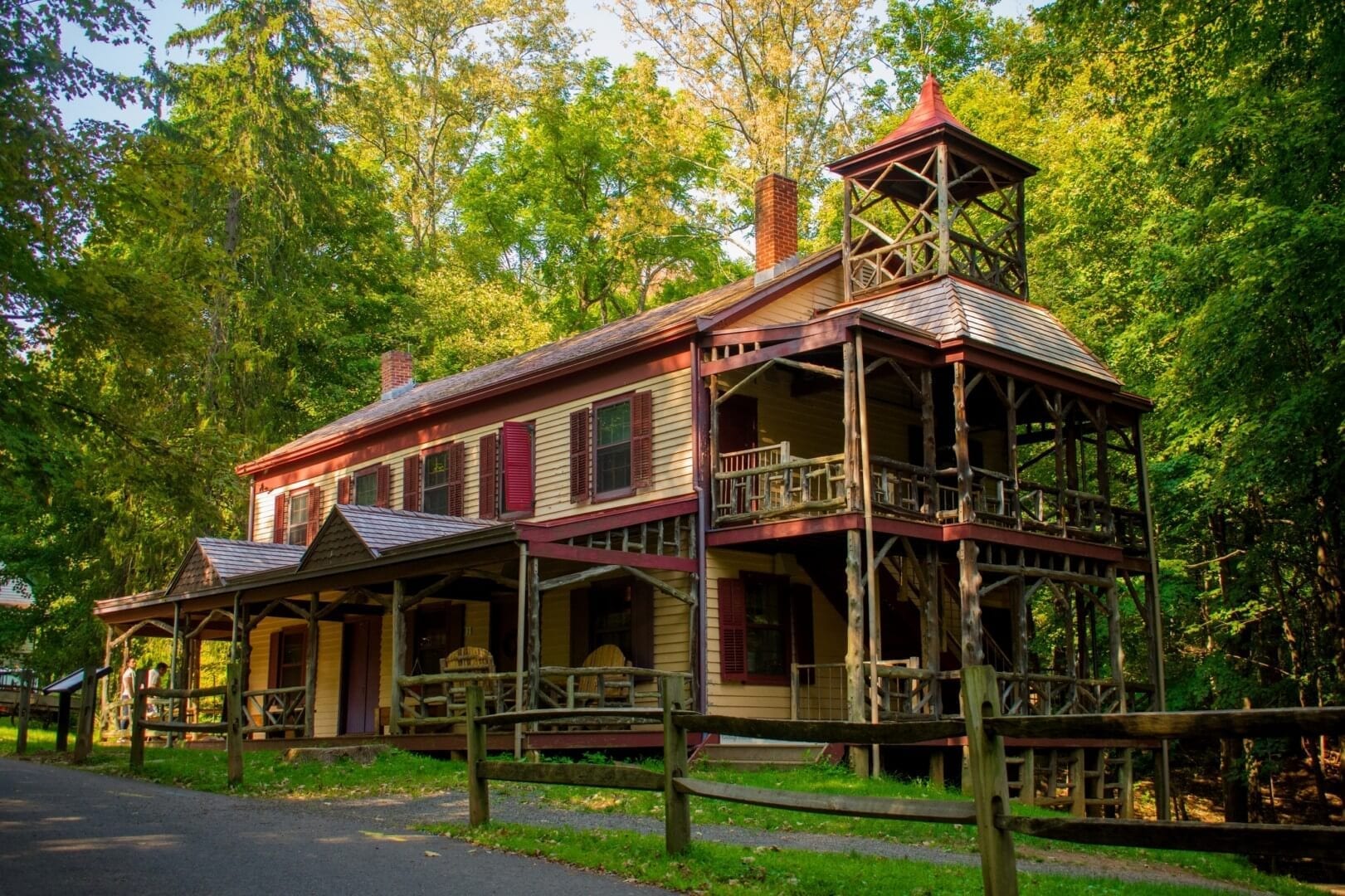

All Photos: © Patrick Lombardi / Best of NJ


